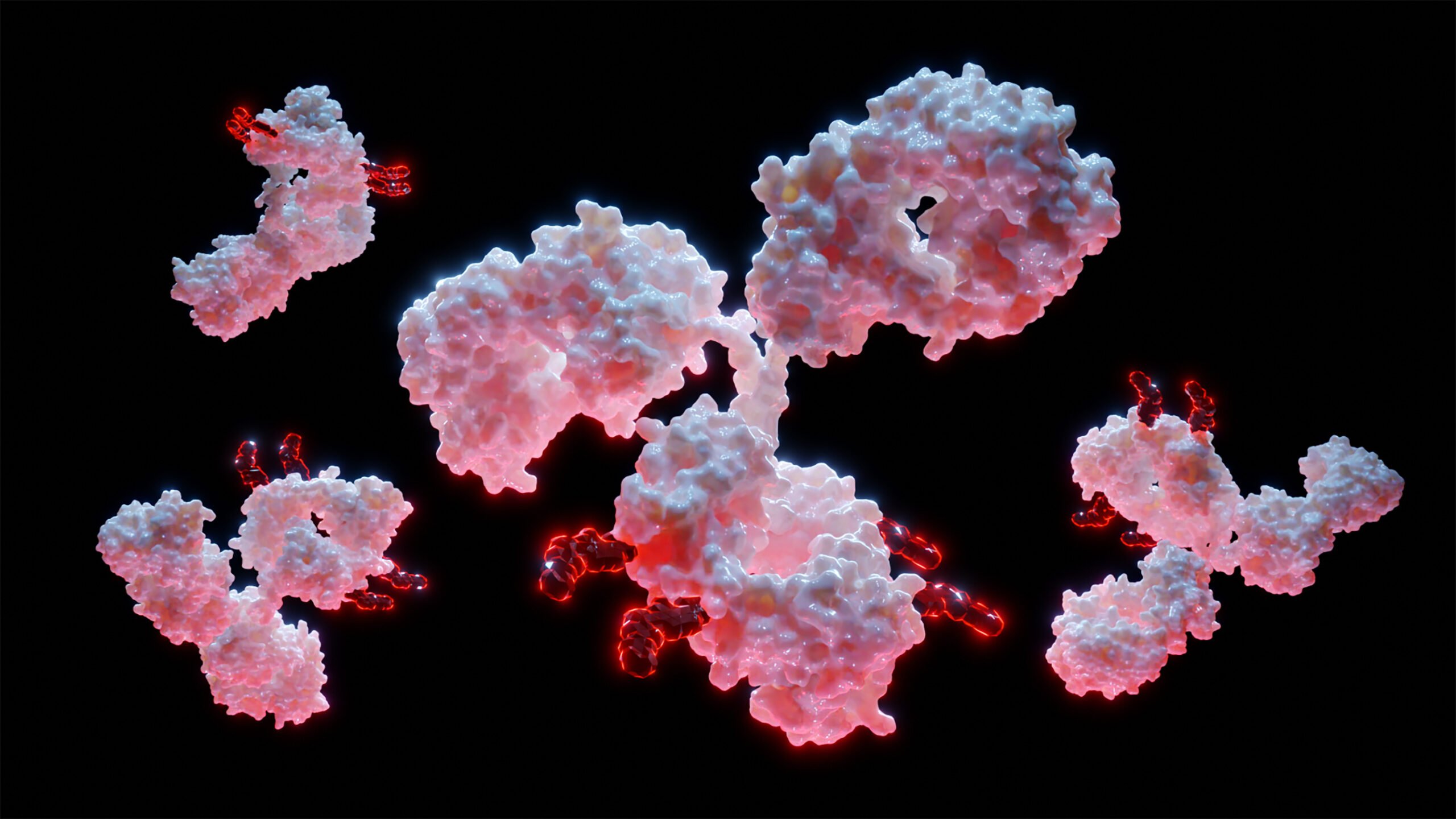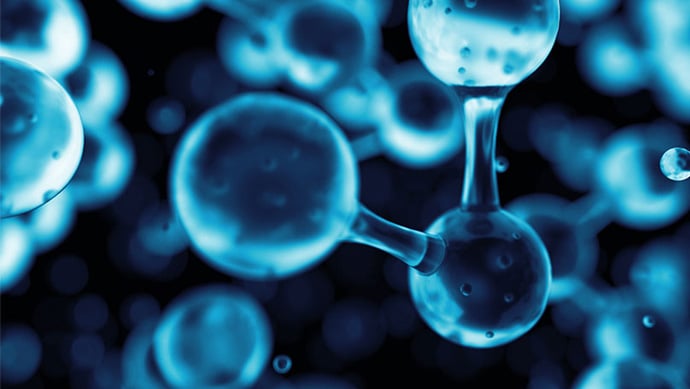The Countdown Begins: How ADCs will Become the Next Generation of Biologics Therapeutics

Based on the advances made in the last decade, the Biologics industry is seeing exponential growth in the field of antibody-drug conjugates (ADCs). ADCs are highly targeted biopharmaceutical drugs that combine monoclonal antibodies with cytotoxic agents. Therefore, ADCs offer an empowered treatment option for attacking the surface antigens present on tumour cells.
In 2021, the global ADC market size was valued at 5.8 billion USD and is expected to increase at a compound annual growth rate of 16.4% from 2022 to 2030. Key market drivers include the global prevalence of cancer and imminent approval of new products such as Tisotumab Vedotin, Camidanlumab Tesirine, and trastuzumab Duocarmazine amongst others. These will accompany the other 12 FDA-approved ADCs that have reached the market.
- Analytical Method Development for Biotherapeutics
- Bispecific Antibody-Drug Conjugates That Optimise Receptor Trafficking And Delivery of Cytotoxic Drugs
- Could 'Small' Antibody Drug Conjugates Bring Big Advances in Solid Tumour Treatment?
The preclinical and clinical experiences gained thus far will guide the development of next-generation ADCs to widen and improve the therapeutic window. Technologies such as bispecific ADCs, dual-drug ADCs, and fragment ADCs are expected to overcome the limitations associated with the first generation of ADCs.
At Oxford Global’s annual Biologics UK: In-Person event held in March 2022, Manoj Pal, Principal Scientist, Analytical & Formulation Development, Ambrx Inc led a Workshop on ‘ADC Bioanalysis: Developability & Characterization.’ He was joined by Hetal Sarvaiya, Associate Director of DMPK-BA at AbbVie, and Mahendra Deonarain, Chief Executive & Science Officer at Antikor Biopharma Ltd, who came together to discuss optimal engineering techniques for ADCs, bioanalysis best practices, and expected innovation timelines.
Alternative Delivery Methods for Widening the Opportunities for ADC Development
Current approved ADCs are based on full-length mAbs. However, several newer formats and delivery vehicles are being developed for ADCs. According to Deonarain, “the industry leaders in this area are Bicycle Therapeutics with their smaller formats such as bicyclic peptides which are similar to the complementarity-determining regions of antibodies.”
It is intuitive that penetration will become a critical factor in solid tumour treatment.
Antikor is likewise becoming a force of innovation within the field of ADCs. In developing much smaller fragment ADCs with uniquely high payload loadings, Antikor’s novel approach can penetrate tumours more rapidly. These smaller antibody fragments (referred to as fragment-drug conjugates or FDCs) are also proving more efficacious in not only providing clinicians with more flexibility in treating aggressive solid tumours, but also in reducing side-effects with the ability to clear rapidly from normal tissues.
Bispecific ADCs, as Deonarain explains, “have fallen away a little bit; there have been some that have simply not panned out.” Primary challenges associated with bispecific ADC development include chemical manufacturing control issues, production yield, homogeneity, and purity. Despite efforts to minimise formats, large ADCs remain the cornerstone of the current landscape. “Moving forward, it is about whether our newer vehicles will be convincing enough to make an impact in solid tumours,” Deonarain says.
It is intuitive that penetration will become a critical factor in solid tumour treatment. ADCs will have to deliver as much payload as possible to as many cells as possible in order to infiltrate the solid tumour successfully. However, it will be imperative to remember that no matter how obvious the necessity of penetration seems, it remains difficult to prove. For instance, whilst the attrition for solid tumours is much higher than for liquid ones, it can be an arduous process to demonstrate the value of penetration in the preclinical setting.
Bioanalysis of ADCs: Overcoming the Challenges
ADC bioanalysis involves the use of both LBA and hybrid LCMS BA platforms- which can be used in parallel as complimentary and orthogonal to each other. From an analytical perspective, having fragment drug conjugates could impose some challenges for Ligand Binding Assays (LBA) analysis early on because of the lack of Fc domain. “Because we are talking about fragments that specifically don’t have an Fc region, typical generic assays that rely on using an anti-Fc-based capture would not be applicable,” Sarvaiya expresses. Therefore, a key challenge to bioanalysis of ADCs is reagent availability (especially during the early discovery stage) to assess the exposure of these fragment-based conjugates.
Methods of overcoming this involve focusing on the platform’s early design and collaborating with engineers using bioanalysis to ensure either the feasibility of specific reagents production early on or the use of a His-tag for purification. The latter would then enable the use of an anti-His-tag antibody reagent to purify the fragments out of the matrix.
Optimised ADCs allowing specific tumour delivery of potent cytotoxic payloads are fast becoming a reality for the biologics industry and market alike.
The benefits of using LCMS for fragment drug conjugate is that it can provide a microscopic view into the stability of these constructs using intact mass-based analysis. This becomes very useful for evaluating half-life extension techniques. Sarvaiya also pointed out that whilst LCMS would be applicable to small format ADCs such as those from Bicycle Therapeutics, larger fragments like 50kD Fab require additional enrichment strategies out of biological matrices prior to LCMS analysis.
Next-Generation ADCs: If Not Now, When?
So, when can we expect to see the next generation of ADCs? The answer, according to Deonarain, is "this time next year.” Advances in toxicology data will mean that “maybe the industry will start to move towards smaller formats sooner rather than later.” Future trends will focus on implementing ADCs for better solid tumour penetration and toxicology profile management.
Optimised ADCs allowing specific tumour delivery of potent cytotoxic payloads are fast becoming a reality for the biologics industry and market alike. From increasing its range on the therapeutic index to implementation in data-driven patient population screenings, the future of ADC characterisation and bioanalysis is one of immense potential. At Oxford Global, we eagerly await the arrival of this next generation of Biologics therapeutics.
Join Oxford Global’s next Biologics UK: In-Person event today. This 3-day conference brings together a panel of prominent leaders and scientists, sharing new case studies, innovative data and industry outlook.






